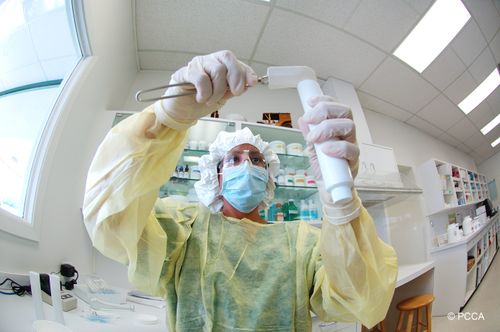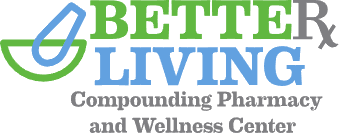What is Compounding?

Compounding is the creation of a pharmaceutical preparation—a drug—by a licensed pharmacist to meet the unique needs of an individual patient (either human or animal) when a commercially available drug does not meet those needs. A patient may not be able to tolerate the commercially available drug, the exact preparation needed may not be commercially available, or a patient may require a drug that is currently in shortage or discontinued. The U.S. Pharmacopeia Convention (USP) formally defines compounding as “the preparation, mixing, assembling, altering, packaging, and labeling of a drug, drug-delivery device, or device in accordance with a licensed practitioner's prescription, medication order, or initiative based on the practitioner/patient/ pharmacist/compounder relationship in the course of professional practice.”
Following are a few examples of how a compounding pharmacist can customize medications based upon a doctor’s prescription to meet a patient’s needs:
- Customize strength or dosage.
- Flavor a medication (to make it more palatable for a child or a pet).
- Reformulate the drug to exclude an unwanted, nonessential ingredient, such as lactose, gluten, or a dye to which a patient is allergic.
- Change the form of the medication for patients who, for example, have difficulty swallowing or experience stomach upset when taking oral medication.
- Compounding pharmacists can put drugs into specially flavored liquids, topical creams, transdermal gels, suppositories, or other dosage forms suitable for patients’ unique needs. Compounding does not include making copies of commercially available drug products, as this is not allowed by law.
